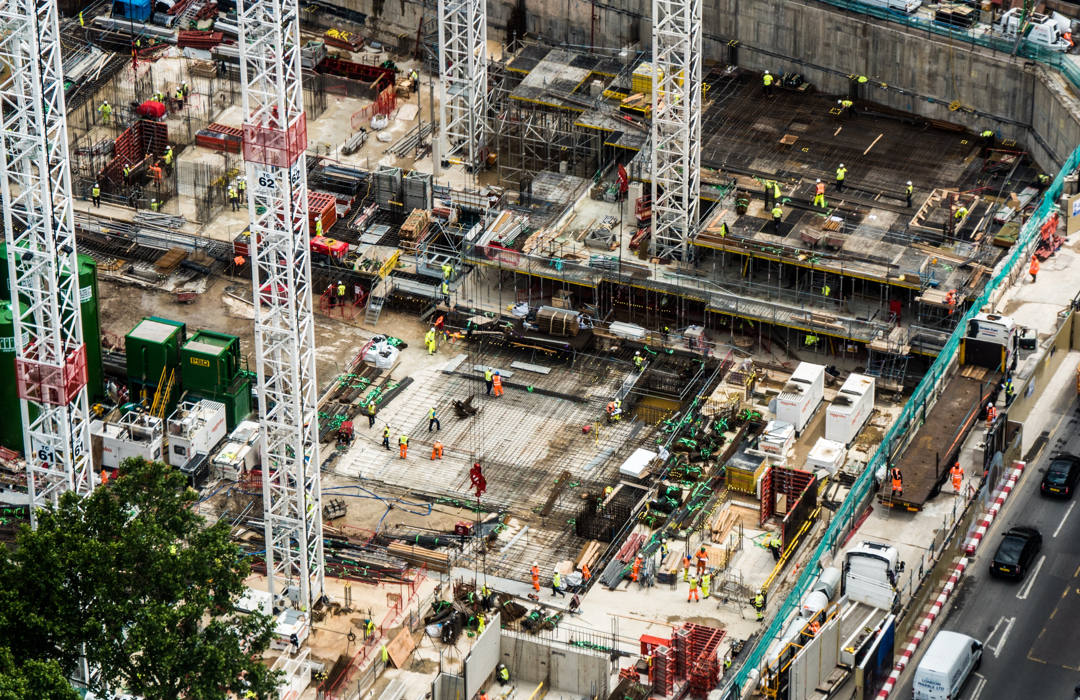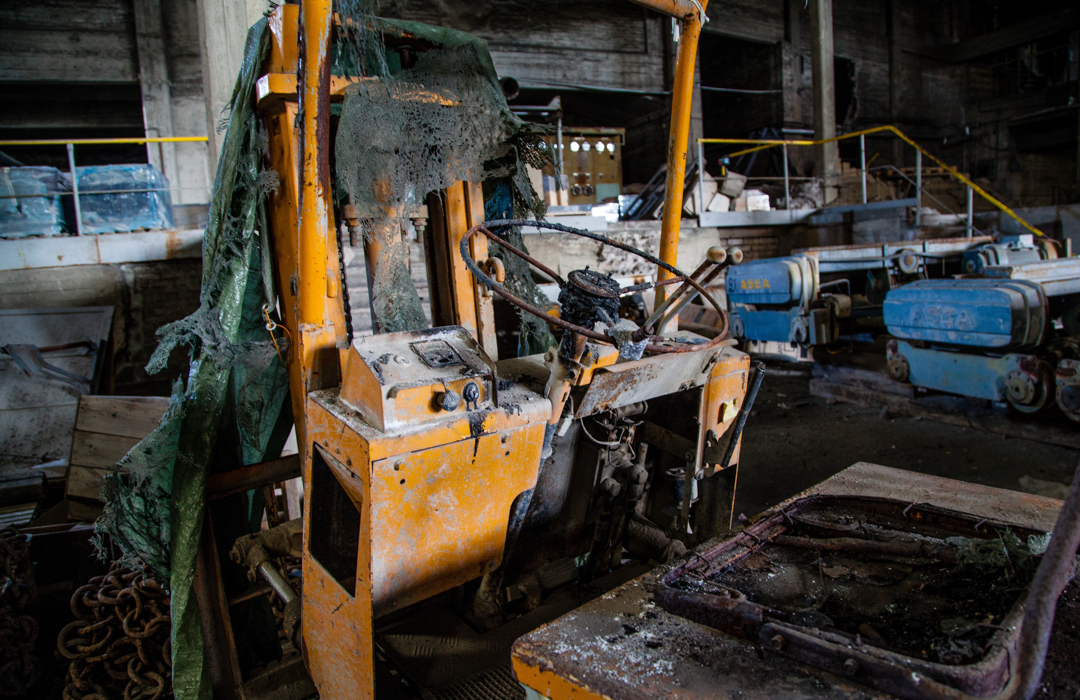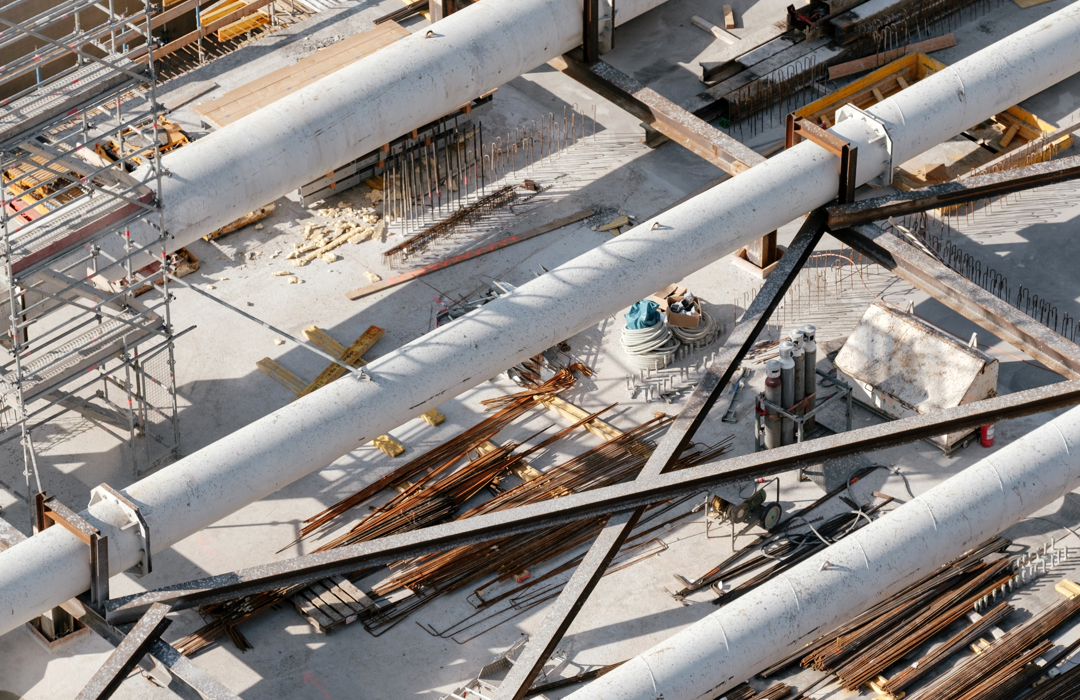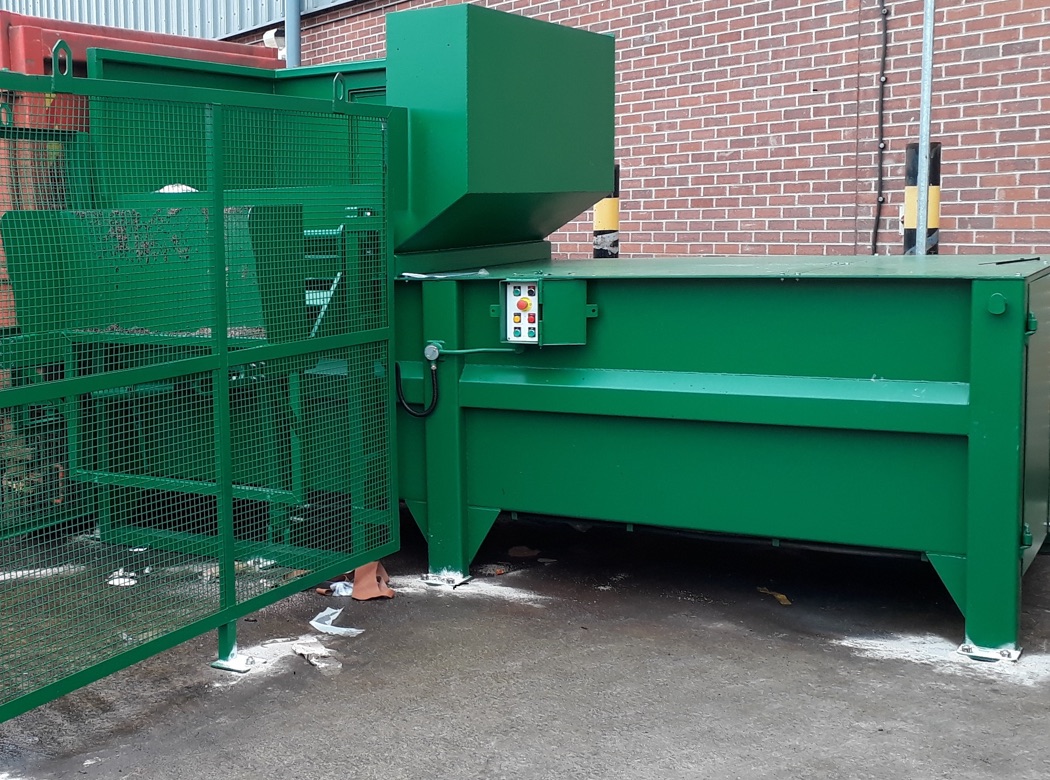Efficient Waste-Saving Tips For Your Construction Site
Construction & Industrial waste management is a challenging process to master, requiring experience and expert input as well as the right tools and techniques. Reducing construction & industrial waste while also improving efficiency will not be simple but this two-part goal can be achieved with a little guidance. First, it is important to understand the scale of the waste issue that faces the construction industry today, before diving into the tips and solutions that can be used to overcome it.
Construction’s Dirty Secret
While the construction industry is immensely important to the UK’s economy, it is not without its imperfections. Waste is one of them, since although 400 million tonnes of building materials are used annually, a massive 100 million tonnes of waste result from construction site activities.

About a quarter of this waste ends up in landfill sites, which encroaches on a limited and shrinking resource. On a national scale, a third of all waste produced in the UK is attributable to construction.
This is clearly something that requires attention and not just from an efficiency perspective; the entire reputation of the industry is being compromised by this level of wastefulness. More often than not, being alerted to the size of the problem is half the battle and can prompt firms to take action and push through positive changes to construction waste management strategies.
So what are the options available to organisations and individual operators that want to make a difference rather than allowing this state of affairs to endure
Reduce
The most important work to tackle construction waste inefficiencies should occur as early in the development of a project as possible. Only through proper planning can you establish the exact quantities of materials that will be required.
Another helpful aspect of planning everything precisely is that you can choose to use standard sizes for the materials you procure. This will mean that you will not be left with a significant volume of off-cuts that then have to be disposed of.
Reducing the types of construction waste your site creates can come down to efficient ordering. Do not guess at how much of a given material you need, as this will only lead to complications further down the line. Better still, allocate the responsibility for ordering materials to one person. This cuts down on confusion, gives an individual power over quantities and should steer you clear of encountering unexpected surpluses as projects progress.
Human error is still a possible roadblock to efficient construction & industrial waste management, which is why leveraging software to generate quantity estimations is sensible. A variety of data points can be taken into account and accurate calculations can be carried out long before the first brick is ordered, let alone laid.

Waste can be created through poor planning of the stages of work, for example of materials turn up on site several weeks or even months before they are required. In this scenario, damage and decay might result in a proportion being rendered unusable. The solution is to schedule the delivery of materials to coincide with the points at which they will be most useful.
This goes hand in hand with having suitable on-site storage for your building materials. This should be safe and secure, as well as designed to resist the elements so that inclement weather is not a source of more waste. Likewise, any packaging which is included to protect the materials should be left in place until the last minute. This will further shield them from damage during storage as well as handling. Cutting down on non-recyclable packaging is another issue, albeit one which can only be handled at the manufacturer and supplier side.
You can even cut waste volumes by checking deliveries to weed out any obviously damaged materials before you accept them. This applies doubly to materials which do not live up to expectations in terms of quality, since otherwise you may be left to deal with the removal of sub-standard items from the site.
Reducing construction waste can be achieved by ensuring that the quality of workmanship exhibited on-site is of a high calibre. Workers who make fewer mistakes will create less waste, so ensure that employees are not only properly trained but also given the time and encouragement to fulfil their roles without being put under pressure and thus left more likely to generate errors.
Having top-level support for improved construction waste management is one thing. Ensuring that the aims and intentions of top brass are fulfilled on-site by workers is quite another. On larger sites, the sheer number of people involved and the regularity with which new personnel arrives can create inconsistencies. This is why good waste management practices need to be explained during employee induction and then reinforced regularly. Once again it is this awareness that will make a big difference in changing habits and shifting organisations away from inefficiency.
When it comes to the types of construction waste which are most common, loose materials like sand and gravel are particularly problematic. Buying these in bulk bags is, therefore, a sensible alternative, since it both makes storage easier and more sustainable as well as giving you a means of dealing with surplus quantities more effectively.
Reuse
Even by reducing the materials you order and handling them as efficiently as possible on site, some waste will be inevitable with every construction project. To that end, re-using off-cuts and any supplies which are surplus to requirements is better than simply sending everything to landfill.
The first step to embracing reuse is actively encouraging the collection of off-cuts so that these are available in once place if they need to be deployed elsewhere on-site. This will mean that ordering brand new materials will be less necessary.
A degree of cross-trade coordination is needed to make sure that different groups who share the site are able to hand over spare materials to others. If this is not organised and reiterated, leftovers may end up going to waste when there is still a need for them.

Repairing materials which are only used on a temporary basis, rather than tossing them out, can dramatically improve efficiency. Things like timber hoardings can be dismantled and used elsewhere on-site, or even for an entirely different project, if you take the time to consider this as an option. You can also fix up other objects associated with building materials, such as the pallets on which they were delivered. Eliminating waste wherever possible will put you on the right track to sustainability.
There are some materials that will not be suitable for reuse but this does not mean that they are primed for mixing in with general waste. If they can be returned to the supplier, take this route. If they can be sold to another construction operator, you can recoup some of your costs and also cut waste volumes. If you can donate the materials to a worthy cause, do so. If there are valuable materials that are suitable for salvaging, this is another solution.
Basically with a construction & industrial waste management strategy that relies in part on reuse, you will find that spare materials are no longer a burden but can instead be a blessing. You just need to grasp the opportunities that are available already.
Recycle
Many types of building material can be recycled rather than sent to landfill. However, you will need to ask your waste contractor to get assistance with this, since there are variations in the availability of recycling facilities from region to region.
Another aspect of the recycling process to consider is the cost; this is a competitive industry and you can afford to compare the different contractors that serve your area. Look out for companies which are prepared to promise a high waste recovery rate while also keeping costs at reasonable levels.
To take full advantage of construction waste recycling, you will need to simplify the collection process by sorting recyclable materials on-site. This will involve a degree of strategic planning, as well as training to ensure all employees are on the same page about their responsibilities.

The containers into which recyclable materials are placed should be clearly labelled and signposted, as well as being positioned in places that makes them easy to access. It is no good putting these receptacles in out-of-the-way areas, since they may end up being overlooked or ignored.
Sorting and separating recyclable waste should go hand in hand with keeping these eligible materials clean and dry. If such materials are not offered up in an appropriate condition, a waste contractor may not be able to process them sustainably and they could end up going in with general waste, which would make your initial efforts pointless.
Of course not every construction site will have the space to fit large containers, such as skips and wheelie bins, for the purposes of on-site sorting. The good news is that the best construction waste contractors will be able to carry out sorting at their facilities, rather than requiring clients to handle this. There are additional costs involved, but if sustainability and efficiency are your targets then this will be a price worth paying.
Cost Considerations
Accurately assessing the costs of inefficient construction waste management has its own complications to consider. By taking all of these factors on board, you will realise just how important it is to invest in the right solution rather than allowing current flaws in your approach to fester.
The materials which are wasted are an obvious expense, especially if they might easily have been reused on other projects. Savings made by reducing initial orders are a key motivator in many cases.
Handling waste material has its own costs; you will need to dedicate labor resources to lugging this around, which might result in delays as well as safety issues.

Finally there are the costs that come with storing waste, transporting it to the facility where it will be treated, then finally disposing of it.
In this light, it should be apparent that anything you can do to make your management of waste more efficient will be seriously beneficial in more ways than one. These tips demonstrate that when efficiency and sustainability go hand in hand, it is about more than just saving money. Your efforts will pay dividends in terms of productivity, worker safety, and project schedule.
That is not to say that you can achieve significant change quickly. In many cases there will need to be a major shakeup in the way that your sites operate to deliver the desired results. There may even be resistance to the changes that you are looking to instigate. However, the true cost of waste is one which will tower over all of these issues and now that you understand it fully, there should be only one path forward.

